By Blaine Taylor
According to both the 1936 version with Frederick March and the 1958 remake with Yul Brynner (both films by Cecil B. Demille), the legendary Baratarian pirate Jean Lafitte in “The Buccaneer,” was in the very thick of the fighting at the Battle of New Orleans in 1815. But reality was something different, according to American historian Gene A. Smith: “Contrary to rumor, Lafitte was not at the battle on Jan. 8, 1815. He was delivering a letter.” He did, however serve as Old Hickory’s “topographic advisor and guide on the general’s volunteer staff.”
[text_ad]
Actually, there were two Lafittes, not one, in the campaign. Jean’s brother was Dominique You, played in 1958 by Charles Boyer. Like just about everything on the Lafittes, their pasts and futures were murky and mysterious. It’s not even sure where they where born, only that they “probably” arrived in Louisiana in about 1802, and that they used a blacksmith shop as a cover for their nefarious smuggling operations.
The Rise of “The Buccaneer”
The Lafittes seized English, Spanish, neutral merchantmen and—yes—U.S. vessels on the high seas. Based on the Island of Grand Terre in Barataria Bay south of New Orleans, these pirates-with-a-purpose by 1810 could boast an armed force of almost 5,000 men ensconced in a fortress with cannons, homes, 40 warehouses (among them slave pens) and even a hospital. Their rule extended from New Orleans south through 50 miles of delta.
The Lafittes’ bete noir was Louisiana Gov. William C.C. Claiborne, who in 1812, sent mounted troopers under Capt. Andrew Hunter Holmes to seize both the brothers and their illicit goods in a carefully planned ambush. Successfully obtaining bond, Jean Lafitte soon returned to his life of piracy. Soon, while Andrew Jackson was off winning battles to the east, he was battling tax officials over his stolen cargo. In one melee, a Federal agent was killed. Jean Lafitte then had a price on his head of $500.
Yet another death resulted at a Lafitte-sponsored slave auction in January 1814 when U.S. customs agent John B. Stout—trying to abort the sale—was killed. Lafitte seemed certain to be headed for the gallows when the British Royal Navy intervened on Sept. 3, 1814, 11 days after the burning of Washington, D.C.
An Alliance of Adversaries
Sloop Sophie Capt. Nicholas Lockyer offered an alliance between the twin seafaring peoples of Barataria and Great Britain. In return for guiding the British through a backyard route of swamps to New Orleans, Lafitte would receive cash, land, a pardon and a captaincy in the British Army (not in the Royal Navy, Smith asserts.) Playing for time, the wily pirate took the plans instead to his enemy—Gov. Claiborne—who in turn passed them over to Gen. Jackson.
However it happened, Lafitte’s base was blasted by a joint U.S. land-sea expedition on Sept. 16, 1814, with many privateers and their prizes taken, as well as 80 prisoners. Still, Lafitte wouldn’t aid the British, and Jackson accepted his help after the defeat of U.S. gunboats on Lake Borgne on Dec. 14th.
Lafittes’ men who chose to fight for the U.S. were pardoned by the Louisiana legislature, and the brothers themselves were pardoned by President James Madison the month after the battle was won. Nevertheless they returned to piracy, this time using Galveston, Texas, as a base. Expelled from there in 1820, Jean was rumored to have died of a fever in 1826, while others insist he perished in Mexico, and still others that he lived under an assumed name in Alton, Ill., until a natural death on May 5, 1851—the birthday of Napoleon I, Emperor of the French.
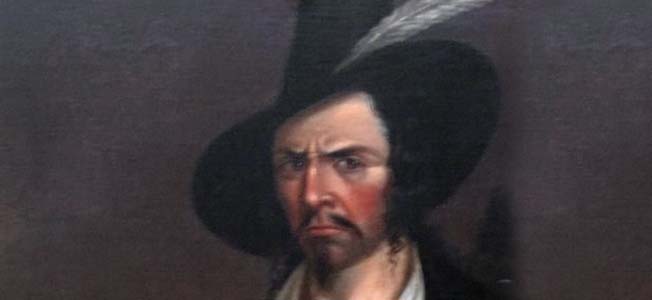



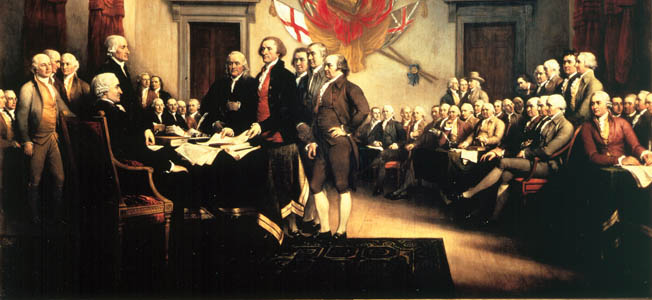
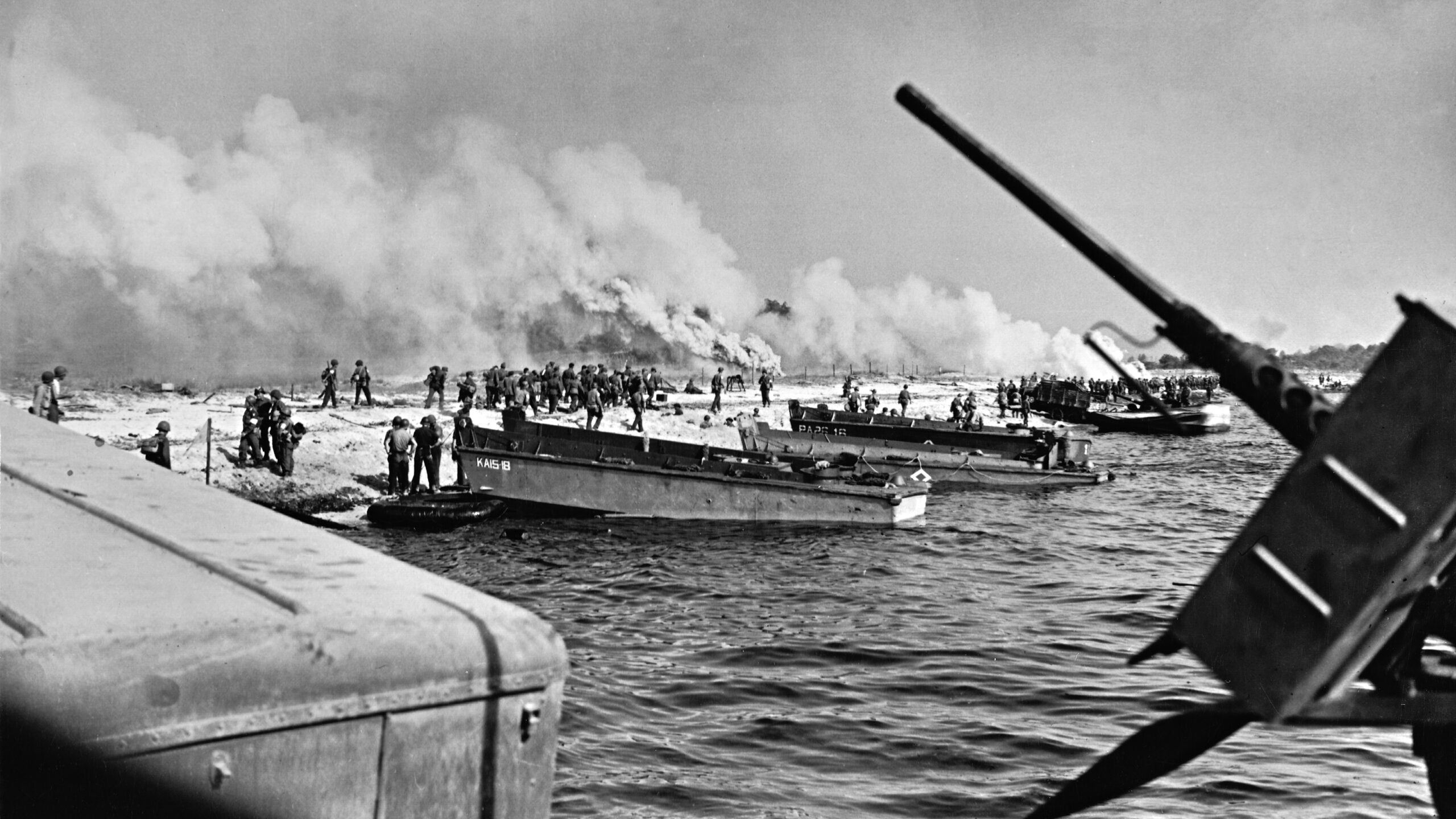
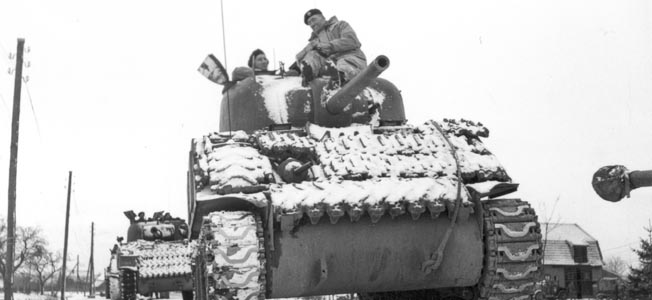
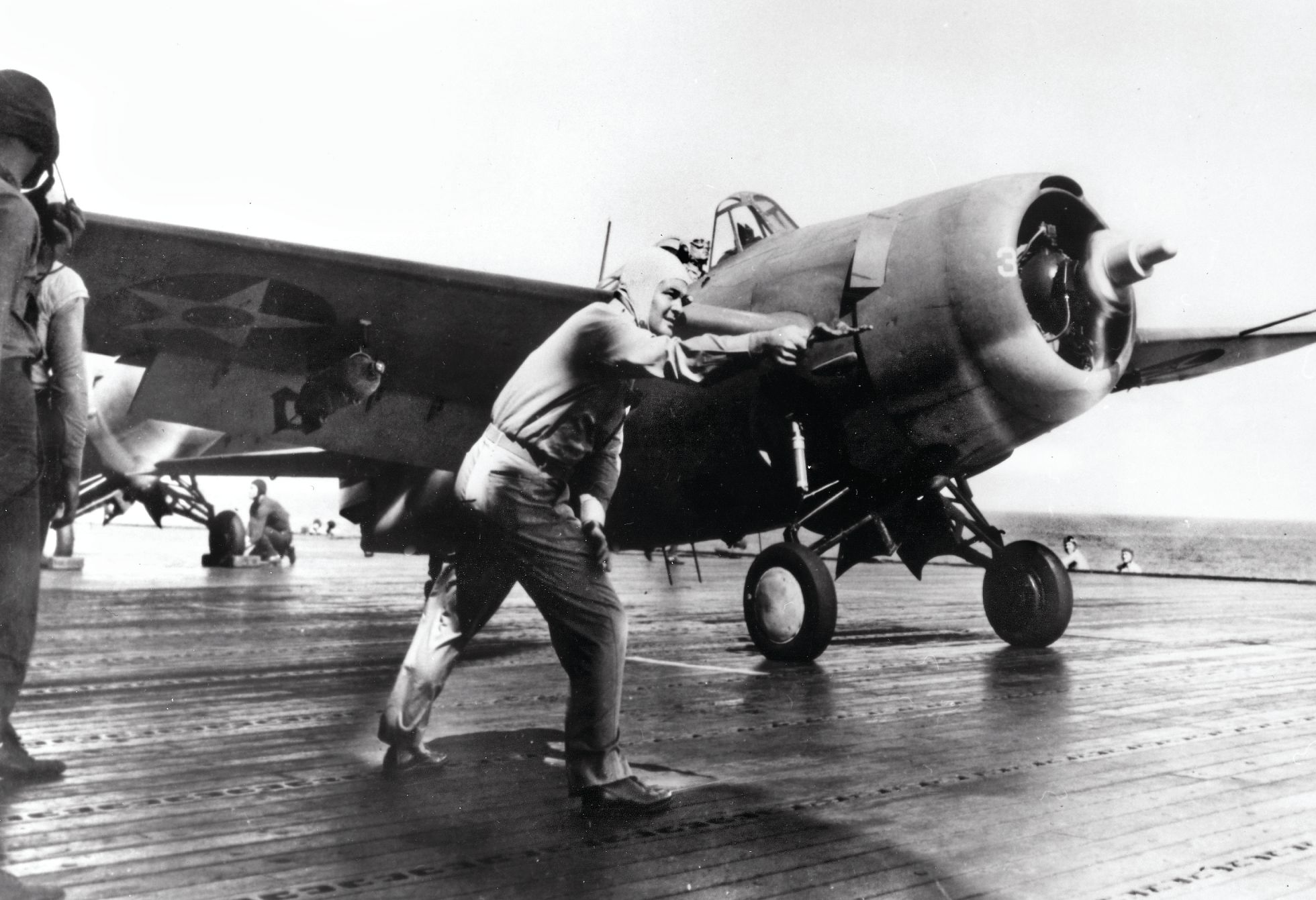

Join The Conversation
Comments
View All Comments